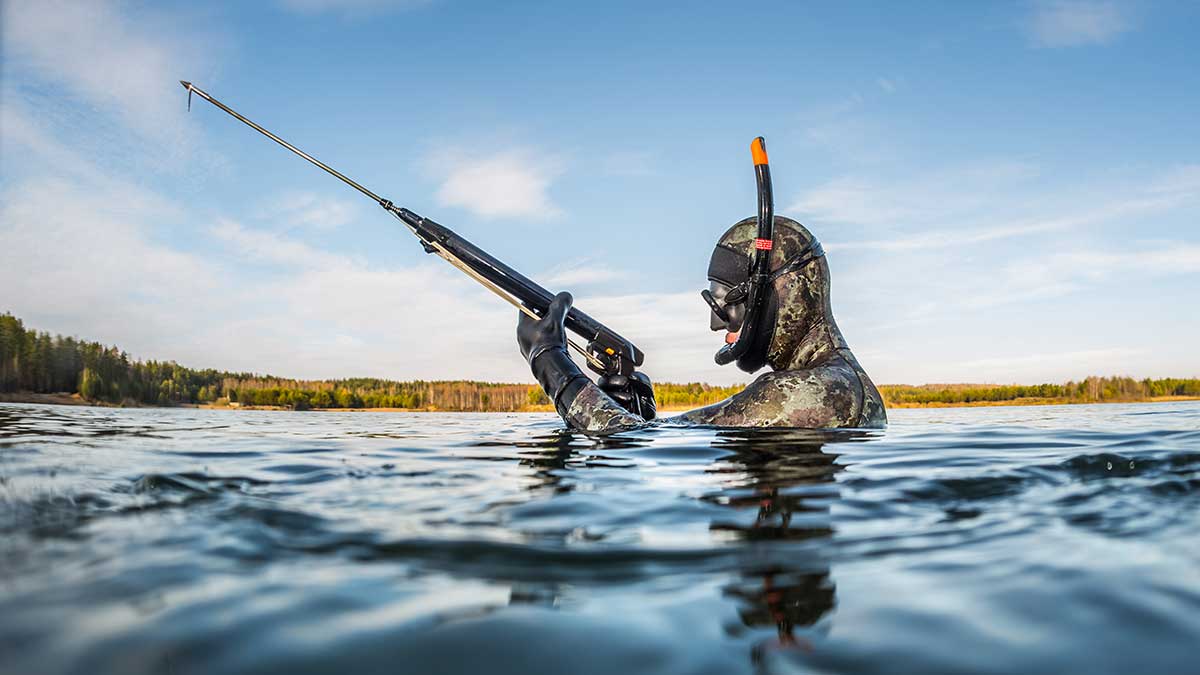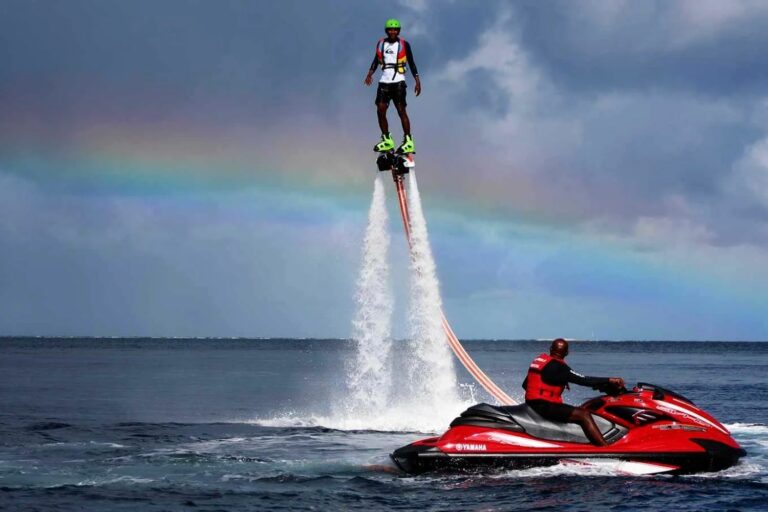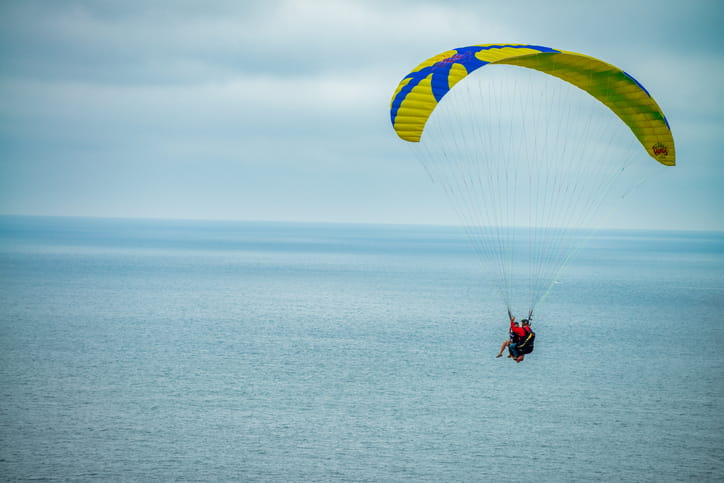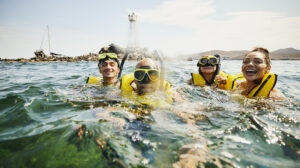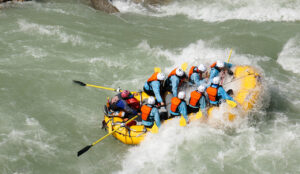Have you ever wondered what it feels like to combine the thrill of hunting with the serenity of underwater exploration? Spearfishing offers just that—a unique blend of adventure and tranquility. Originating as a method for survival, spearfishing is now a popular sport that challenges enthusiasts to hone their skills and connect deeply with marine environments. Beyond the adrenaline rush, spearfishing promotes sustainable fishing practices and fosters a profound appreciation for ocean conservation. In this blog post, we will dive into the history and evolution of spearfishing, explore the essential techniques and equipment, and highlight its environmental benefits. Join us as we uncover why spearfishing is more than just a sport—it’s a lifestyle that champions ecological mindfulness and personal growth.
What is Spearfishing?
Spearfishing is an underwater hunting sport where individuals use spears, spearguns, or pole spears to catch fish. Unlike traditional fishing methods that rely on bait, spearfishing requires divers to actively pursue their targets, often while free diving or snorkeling. This sport combines elements of hunting with the exploration of aquatic environments, offering a unique experience for those who engage in it.
The History of Spearfishing
Spearfishing dates back thousands of years, with evidence of its practice found in ancient civilizations such as the Greeks and Egyptians. Originally a survival technique, it has transformed over time into a recreational activity. The evolution of spearfishing has been marked by advancements in equipment and techniques, yet its core essence remains rooted in tradition and skill.
Essential Spearfishing Gear
To engage in spearfishing, one must be equipped with the right gear. The following are essential items:
- Speargun: A device used to launch a spear at high speed towards a target. Spearguns come in various types, including pneumatic and band-powered models.
- Pole Spear: A simpler alternative to spearguns, consisting of a long pole with a spear tip that is manually thrust towards the fish.
- Wetsuit: Provides thermal protection and camouflage, allowing divers to blend into the underwater environment.
- Fins: Essential for efficient movement and maneuverability under water.
- Mask and Snorkel: Allow divers to see clearly and breathe while submerged.
- Weight Belt: Helps divers maintain buoyancy control.
Techniques for Successful Spearfishing
Mastering spearfishing requires a combination of skill, patience, and knowledge. Here are some techniques to enhance your spearfishing experience:
- Breath-Hold Diving: Practice holding your breath for extended periods to increase your underwater time.
- Stealth and Approach: Move slowly and quietly to avoid startling fish. Use the environment for cover.
- Target Selection: Choose your targets wisely, focusing on sustainable species and sizes.
- Precision and Timing: Aim accurately and wait for the right moment to strike.
Understanding Marine Ecosystems
Spearfishing is not just about catching fish; it involves interacting with marine ecosystems. Understanding these environments is crucial for sustainable practices:
- Identify Local Species: Learn about the fish species in your area, including their behavior and habitats.
- Recognize Ecosystem Roles: Each species plays a role in the ecosystem. Avoid overfishing to maintain balance.
- Observe Seasonal Patterns: Some species are more abundant during certain seasons. Adjust your hunting strategies accordingly.
Sustainable Spearfishing Practices
As spearfishing gains popularity, it’s vital to adopt sustainable practices to preserve marine life:
- Adhere to Regulations: Follow local fishing laws and regulations. Obtain necessary permits and respect protected areas.
- Practice Selective Fishing: Target only mature, non-endangered species to support population health.
- Limit Your Catch: Take only what you need to prevent overfishing and waste.
- Respect the Environment: Avoid damaging coral reefs and other underwater habitats.
Spearfishing Safety Tips
Safety is paramount in spearfishing. Here are some guidelines to ensure a safe experience:
- Never Dive Alone: Always dive with a buddy for mutual support and assistance.
- Check Your Gear: Regularly inspect your equipment for any signs of wear or damage.
- Be Aware of Surroundings: Stay alert to avoid potential hazards, such as boats or marine life.
- Know Your Limits: Do not push your physical boundaries. Ascend if you feel uncomfortable or fatigued.
Popular Spearfishing Destinations
Spearfishing enthusiasts often travel to prime locations worldwide to experience diverse marine life. Some popular destinations include:
- Hawaii: Known for its clear waters and abundant fish species.
- Australia: Offers diverse ecosystems, from coral reefs to deep ocean waters.
- Florida Keys: A hotspot for spearfishing with its warm waters and variety of fish.
- Bali, Indonesia: Renowned for its vibrant marine life and stunning underwater landscapes.
The Community Aspect of Spearfishing
Spearfishing is not only a solitary pursuit but also a communal activity. Joining a spearfishing community offers several benefits:
- Learning Opportunities: Gain insights and tips from experienced spearfishers.
- Shared Experiences: Connect with like-minded individuals who share your passion for the sport.
- Conservation Initiatives: Participate in efforts to protect marine environments through organized events and clean-ups.
Conclusion
Spearfishing is a sport that intertwines adventure, skill, and a deep respect for the ocean. Whether you are drawn to the challenge, the connection to nature, or the pursuit of fresh seafood, spearfishing offers a unique and rewarding experience. By embracing sustainable practices and prioritizing safety, enthusiasts can ensure that this ancient practice continues to thrive for generations to come.
